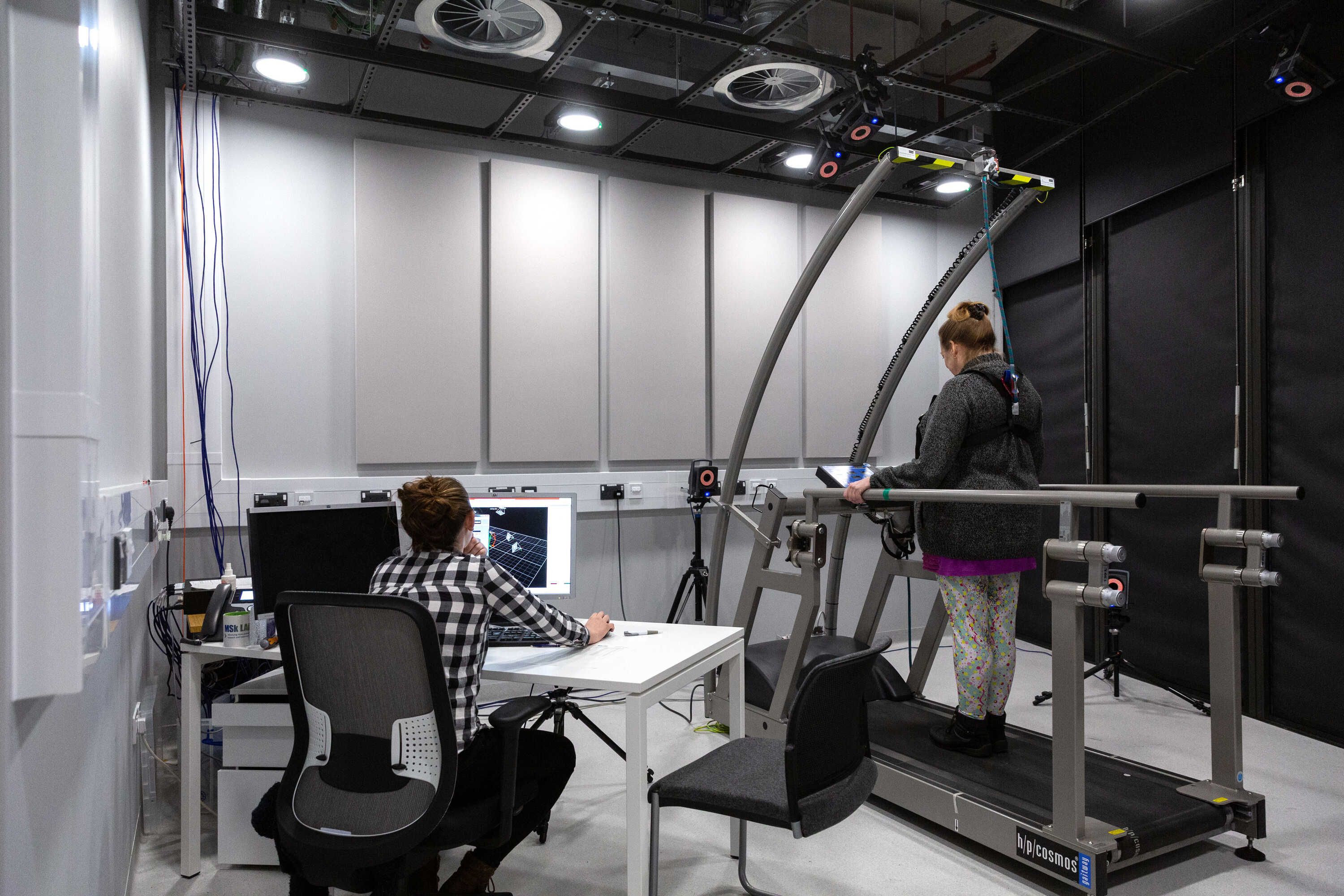Ph.D. in Biomedical Engineering - Medical Physics Concentration: Introduction, Admission, Registration, Eligibility, Duration, Fees, Syllabus 2024

Introduction:
The Ph.D. program in Biomedical Engineering with a concentration in Medical Physics offers an interdisciplinary approach that merges engineering principles with medical sciences. This rigorous program is designed to prepare students for a career in the medical physics sector of healthcare, focusing on the application of physics to medicine, particularly in the diagnosis and treatment of diseases. The curriculum is structured to provide a deep understanding of both theoretical and applied physics in medical settings, ensuring graduates are equipped to drive innovation in medical imaging, radiation therapy, and nuclear medicine.
Admission Process:
- Application Submission: Candidates must submit a detailed application form along with a statement of purpose that outlines their research interests and career goals.
- Academic Transcripts: Applicants are required to provide transcripts from all undergraduate and graduate studies.
- Letters of Recommendation: Three letters of recommendation from academic or professional contacts must be submitted.
- Research Proposal: Submission of a research proposal that demonstrates the applicant’s knowledge and interest in medical physics.
- Interview: An interview with the program’s admission committee to assess the candidate’s suitability for the program.
- GRE Scores: While not always mandatory, submission of GRE scores can be required by some institutions.
Eligibility Criteria:
- Educational Background: A master's degree in engineering, physics, or a closely related field.
- Strong Foundation in Physics: Essential understanding of core physics concepts as they apply to biomedical engineering.
- Research Experience: Demonstrated experience in research, particularly in areas relevant to medical physics.
- Quantitative Skills: Proficiency in mathematical and computational methods.
- Communication Skills: Strong written and oral communication skills are crucial for success in the program and subsequent career.
- Professional Potential: Demonstrated potential for significant professional contributions to the medical physics field.
Completion Time:
Typically, a Ph.D. in Biomedical Engineering with a concentration in Medical Physics takes about 4-6 years to complete. The timeline includes coursework, comprehensive exams, research culminations, and dissertation development. This timeframe ensures that students are not only well-versed in core subjects but also gain extensive hands-on experience through their research.
Career Opportunities:
- Medical Physicist: Specializing in radiation therapy, diagnostic imaging, or nuclear medicine.
- Research Scientist: Working in academic or industry settings to innovate and improve medical technologies.
- Radiation Safety Officer: Managing and ensuring the safety of radiation practices in medical settings.
- Academic Faculty: Teaching and conducting research in universities.
- Healthcare Consultant: Advising on the development and implementation of medical physics applications.
- Regulatory Affairs Specialist: Overseeing compliance with health regulations for medical devices and technologies.
Syllabus:
- Radiological Physics and Dosimetry
- Radiation Protection and Safety
- Advanced Radiation Therapy
- Medical Imaging Systems
- Nuclear Medicine Applications
- Biostatistics and Research Methodology
Internship Opportunities:
- Hospital Placements: Practical experience in a hospital’s radiology or nuclear medicine department.
- Research Labs: Working on cutting-edge research projects in medical physics.
- Medical Equipment Manufacturers: Gaining industry experience in the design and testing of medical devices.
- Regulatory Bodies: Internships with organizations like the FDA to understand medical device approval processes.
- International Research Centers: Opportunities to work in globally recognized medical physics research facilities.
Scholarships and Grants:
- University Fellowships: Many universities offer fellowships that cover tuition and provide a stipend.
- Government Scholarships: Available from governmental bodies that support scientific research education.
- Industry-Sponsored Awards: Scholarships and grants provided by medical equipment companies.
- Research Grants: Funding for specific research projects from national and international research councils.
- Travel Grants: Financial support to attend important conferences or training workshops.
FAQs:
What distinguishes this Ph.D. program from others?
This program emphasizes a balance between theoretical instruction and practical application in medical settings.
Are there opportunities for collaborative research?
Yes, students are encouraged to engage in collaborative research both within and outside the institution.
What are the prerequisites for admission into the program?
Apart from a relevant master's degree, prerequisites typically include a solid foundation in physics and relevant research experience.
How hands-on is the Ph.D. program?
The program includes significant hands-on training through internships and lab work.
What kind of support does the university provide to Ph.D. students?
Support includes access to state-of-the-art facilities, mentoring from leading academics, and various funding opportunities.




